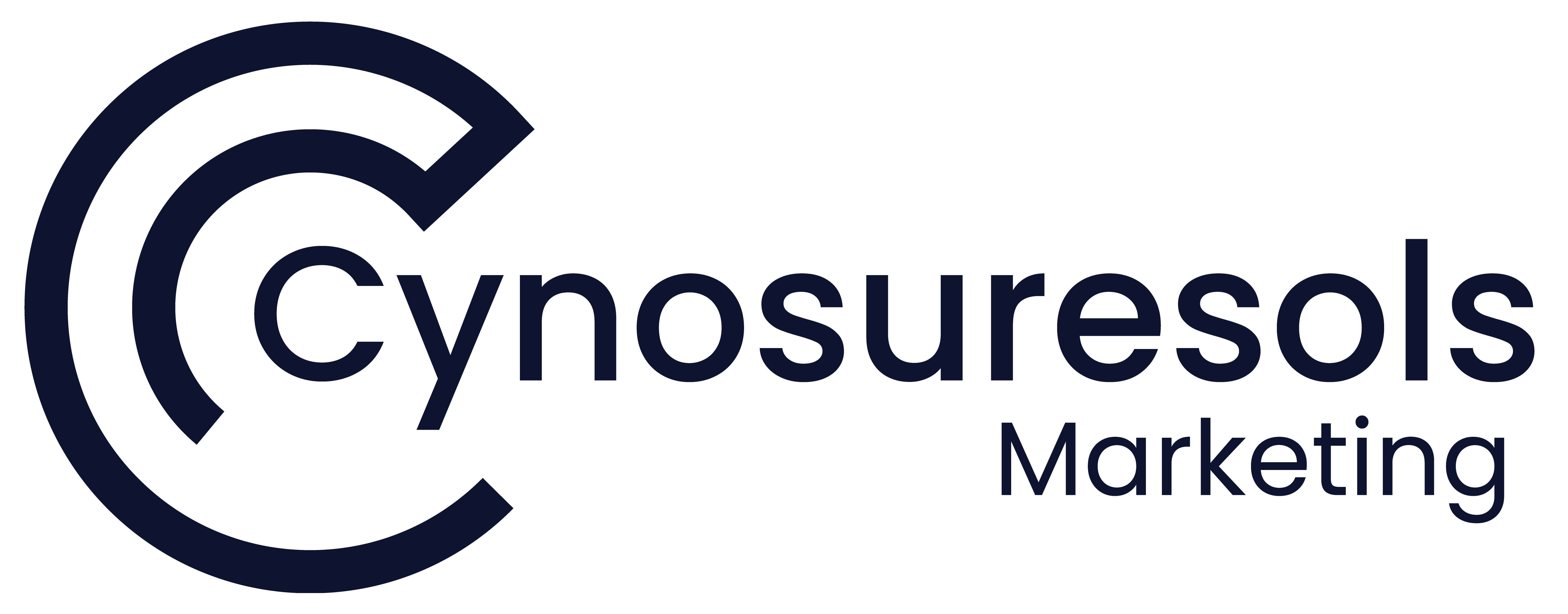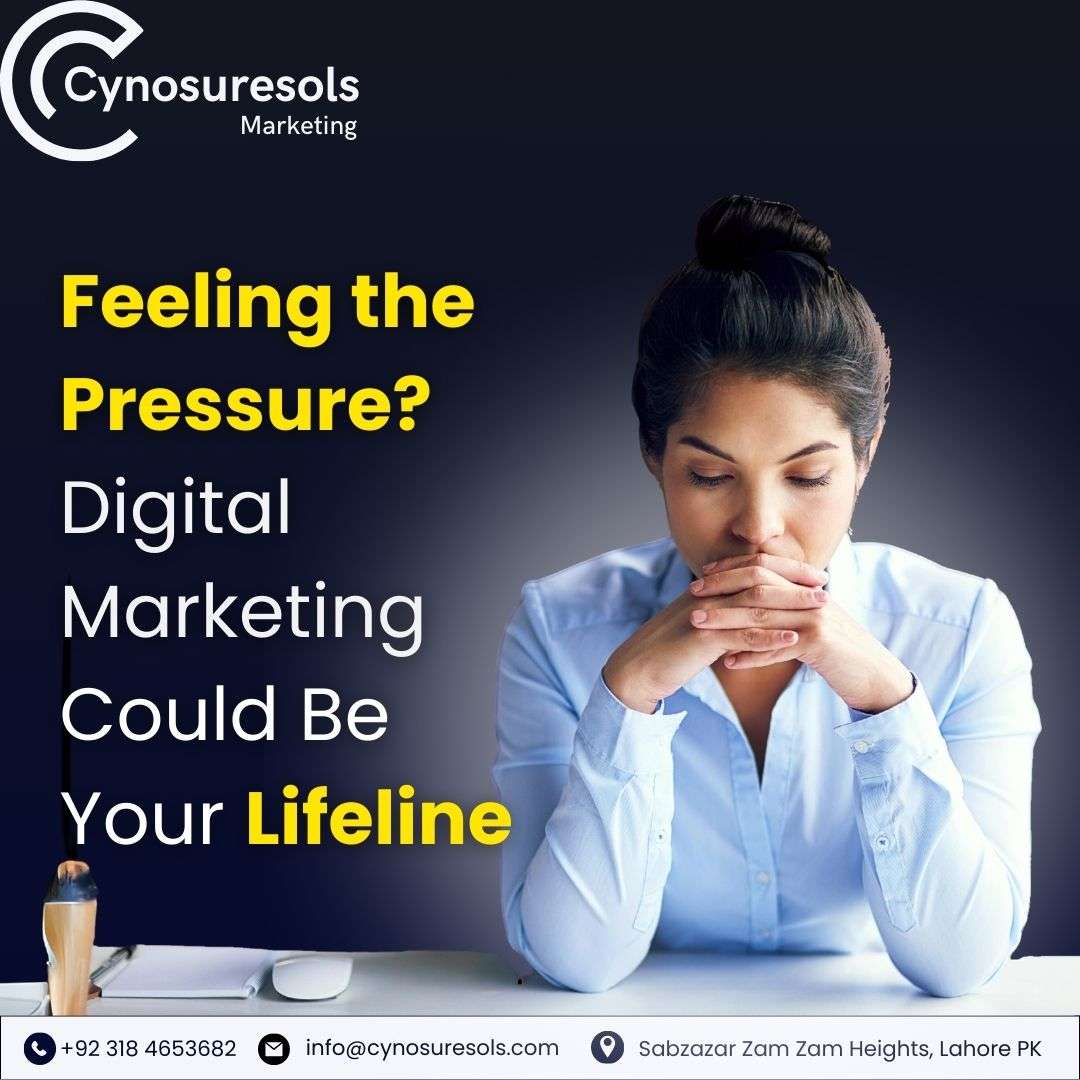How to Build a Strategy for Email Marketing?
Building an Impactful Email Strategy:
An efficient email marketing campaign begins with a strategy. Campaigns are given reliability, structure, and definition by this essential phase. It helps you to reach your marketing objectives and keep your message targeted.
You need to know what an effective strategy comprises to develop one of them. The next step is to just follow simple instructions and keep an eye out for possible opportunities to make your plan effective.
What characterizes tactics vs strategy?
It’s necessary to start with what a strategy isn’t to establish it: An email marketing strategy is not only a casual set of tactics used in the hope of reaching a specific goal. That is a different strategy; that is more thoughtful.
A campaign’s general structure is its email marketing strategy. In addition to your tactics, goals, and analysis, it ought to define your goals, motives, and the metrics that you’ll apply to determine success.
A successful strategy requires tactics. These are the strategies and tactics you’ll use to achieve your objective. However, it’s essential to first define the objective of your plan before integrating your actions.
One strategy is to include interactive details in your emails. It could be used in an overall marketing plan to raise subscriber engagement. While using interactive content is a technique, it is not a strategy as such itself.
Step 1: Determine the campaign’s context
It’s a good idea to reflect on your business’s internal and external circumstances before creating your strategy. These elements will affect the goals you establish and the strategies needed to reach them. Try applying the PESTLE and SWOT formulas to find out these types of circumstances.
SWOT focuses on the business’s internal context:
Strengths: Attributes of the business (or its marketing techniques) that offer it an edge over competitors. This could be outstanding design skills or existing sales-oriented experience.
Weaknesses: the regions in which the business falls. As a result, these are the areas requiring attention or are to be avoided. Your strategy may be impacted if you don’t yet have excellent pictures of your products or even if you still need a logo
Opportunities: Current events, resources, or trends that might benefit this campaign, including the availability of a new product, positive news coverage, or a loyal subscriber base.
Threats: Occurrences, resources, or events that could work with this campaign. This can be because of a new rival or limited resources and cash.
Similar to SWOT analysis, PESTLE focuses on the outside surroundings of the business you represent:
Political: Matters or patterns in politics that might have an impact on this campaign. Sensitive political issues like Brexit in the UK, for instance, can be utilized strategically for certain campaigns but need to be handled delicately for others.
Economic: While labor and resource expenses should always be taken into account, broader economic variables ought to be taken into account. For example, folks who live in expensive cities might have more of an interest in costly services and goods than people who reside in more reasonably priced locations. When establishing and focusing on goals, this should be considered in an account.
Social: Everything from popular culture to educational attainment is included there. Setting goals needs thoughtful thought because it affects the view of the audience and reacts to marketing content.
Technological: Examine the different formats that email can be sent in as they grow. As an example, smart devices such as Alexa can now read out emails. You ought to keep this factor into account while creating email content.
regulatory: Due to specific surrounding regulating contexts, not all aims will be possible. For example, under the GDPR, acquiring subscribers through automatic signups is banned in European countries.
Environmental: In today’s world, the context of the environment is more important than ever. Any objective that an organization has that aims to be environmentally ethical must take the environment under consideration.
Step 2: Identify your objectives and goals
Establishing goals and objectives requires considering your campaign’s framework in mind. Having an understanding of what you want to happen and its importance will help you create a thoughtful and successful strategy.
To effectively establish both goals and objectives, it’s essential to understand what separates them.
Goals: Your ultimate objective is to achieve your goals. Targets could be raising revenue, growing subscriber loyalty, or improving return on investment.
Objectives: Milestones that assist you in accomplishing your goals are referred to as objectives. While objectives and targets are frequently similar, an objective’s main purpose is to support an overall aim. Increasing your campaigns’ open rate, for example, might be among the goals if you want to enhance subscriber engagement.
While goals like “increase sales” tend to be open-ended, it’s a good idea to establish precise objectives. It will be simple to lay out the tactics necessary to achieve your objectives and achieve your bigger emphasis when you can make them clearer.
You have to be clear as to the exact what, how, and when you’d like to accomplish every objective. This is rendered easily with the SMART framework.
Specific: The objectives need to be quite clear. Having established objectives for the campaign not only ensures that everyone is working toward the same objective but also gives it a distinct direction. “Increase open rate by 50% for the monthly newsletter,” for example, offers greater sense than “Reach more subscribers.”
Quantifiable: Verify that your goals are under measurable measures. For instance, assessing “Increased open rate” is much simpler than measuring the more generic “Improve the customer experience.” The latter is an important goal, yet it needs greater accuracy in terms of success analysis. How will you measure your growth?
Actionable: Ensuring that the objective involves carrying out an exact and well-defined action. For example, it is actionable for improving an email campaign’s open rate because you can take specific measures to accomplish it. Which methods are you going to use to get things accomplished?
Realistic: While there is validity in setting high targets, doing it typically results in disappointment rather than development. Objectives aim to encourage you to take small steps toward your goal. Considering what is possible for your company and field, use reality.
Time-bound: Campaigns must have a beginning and an end. Consequently, dates for both the start and completion of the campaign creation process must also be set. Your goals require a reasonable time constraint. For instance, you may set a target to increase the number of new subscribers within the first month of the campaign, then modify your goals to increase the clickthrough rate (or any additional objective that works with the ultimate goal).
When the objectives are specific, quantifiable, and time-bound, you can monitor the success of your campaign and adjust the strategy as needed. Because the success markers of all your electronic advertising are straightforward and specific, this also makes it easier for all parties involved to work toward the same aim. For an overview of how well you are doing, you can additionally utilize Mailchimp’s email marketing statistics by industry.
Step 3: Get ready for another move.
While determining the setting, goals, and objectives of your email marketing campaign is an excellent place to start, this is not the final stage of the entire procedure. You can then move on to additional steps:
Get to know your audience. Learn about the individuals whose you are relating to. Multiple approaches are effective with different audiences. If you send inappropriate messages, 43% of your clients will unsubscribe from your email marketing. You must comprehend who your campaign is meant for and modify your approach accordingly.
Consider the larger context. Things occurring in your market and throughout the entire world could impact your campaign in manners you hadn’t anticipated. If something occurs that renders your campaign insensitive or irrelevant, be prepared to alter it.
Assess instantaneously. A lot of campaign analysis can be performed continually. This is essential because it helps you to carry out quick adjustments if an approach fails or an objective is no longer relevant.
Be adaptable but not mystical. As has been noted, it might be wanted to constantly update certain aspects of your campaign. Though maintaining a strong, well-defined plan is excellent, you have to allow for some latitude. Make sure you explicitly state what you will achieve, how you will do it, and why. An excessively vague strategy, on the other hand, can confuse both marketers and customers.
Take part in automation.Email campaigns can benefit significantly from the use of marketing automation. A successful campaign needs comprehensive behavioral targeting, measurement, analysis, and segmentation. A human marketer’s abilities are limiting. Your human marketers will have additional time to work on other critical tasks if you apply automation.
Take the most of your data. The world of marketing depends on data. Verify that you have access to the appropriate data appropriately and that you are taking full advantage of your data for current and relevant insights for your strategy.
To make sure your email marketing campaign succeeds, read more of Mailchimp’s suggestions.
effective marketing campaign via email needs an effective strategy. While establishing a marketing strategy includes several stages, a tactical and analytical approach that starts with established goals and objectives is necessary.
Contact us to create your content marketing plan right now!




2 thoughts on “How to Build a Strategy for Email Marketing?”
Hello, after reading this amazing piece of
writing i am too delighted to share my know-how here with mates.
This article will help the internet visitors for creating
new weblog or even a blog from start to end.